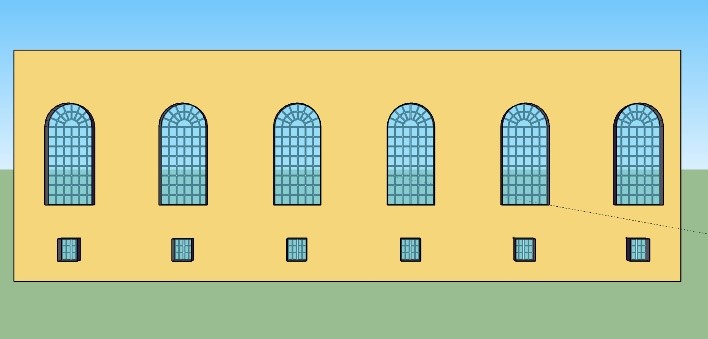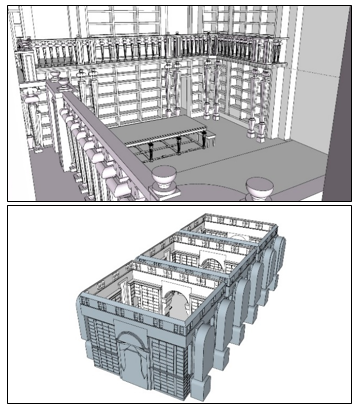 | 1 | initial version |
Thank you for your response.
What is relationship of the points of interest to the transfer matrix surfaces? Is there even a T matrix? In other words, is this a single phase
I ran the Daylight Coefficient method (2PM) so there is no T matrix and no 3PM. I opted for that for not having complex glazing systems (only single layer windows). However, the geometry of the windows is rather complex.
how complicated is the window interface geometry? If it's complicated, you may want to consider the three phase method.
I did not know that if the geometry was complex 3 phase method would be preferable. There is here a picture windows' geometry which represents the southern façade. The northern is similar to this one.
 .
.
My gut reaction is that you have some complex geometry at the perimeter and so even with the aggressive sampling settings you have there for the view matrix, you're getting a lot of variation.
Yes, the geometry is very complex especially near the illuminance maps (view matrices) that are in front of the bookshelves.

So is it worth to keep increase the setting parameters trying to achieve more convergence, or try to follow a three phase method? Best regards
